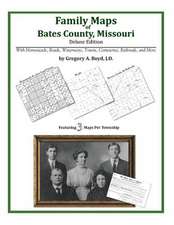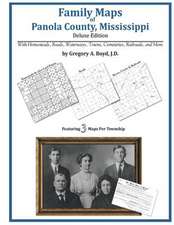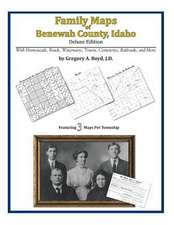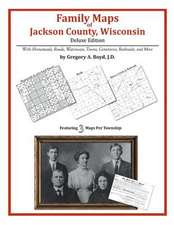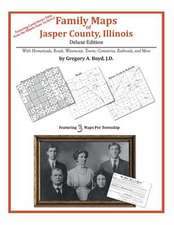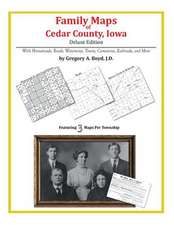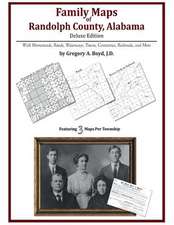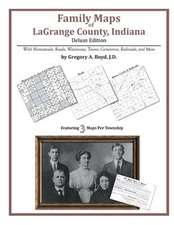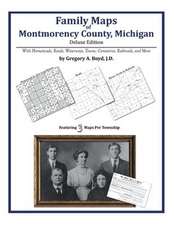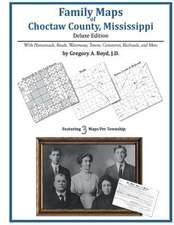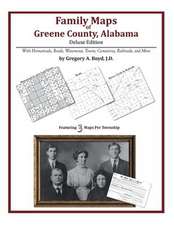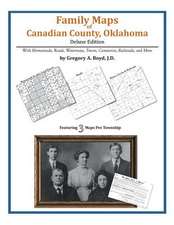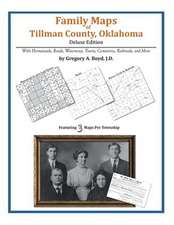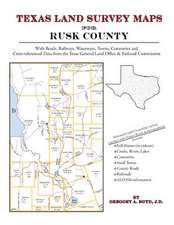Understanding Maps
Autor J.S. Keatesen Limba Engleză Paperback – 5 iun 1996
| Toate formatele și edițiile | Preț | Express |
|---|---|---|
| Paperback (1) | 570.78 lei 6-8 săpt. | |
| Taylor & Francis – 5 iun 1996 | 570.78 lei 6-8 săpt. | |
| Hardback (1) | 931.20 lei 6-8 săpt. | |
| Taylor & Francis – 13 ian 2017 | 931.20 lei 6-8 săpt. |
Preț: 570.78 lei
Preț vechi: 671.51 lei
-15% Nou
Puncte Express: 856
Preț estimativ în valută:
109.22€ • 114.03$ • 90.39£
109.22€ • 114.03$ • 90.39£
Carte tipărită la comandă
Livrare economică 04-18 aprilie
Preluare comenzi: 021 569.72.76
Specificații
ISBN-13: 9780582239272
ISBN-10: 0582239273
Pagini: 350
Dimensiuni: 156 x 234 x 19 mm
Greutate: 0.52 kg
Ediția:Revizuită
Editura: Taylor & Francis
Colecția Routledge
Locul publicării:Oxford, United Kingdom
ISBN-10: 0582239273
Pagini: 350
Dimensiuni: 156 x 234 x 19 mm
Greutate: 0.52 kg
Ediția:Revizuită
Editura: Taylor & Francis
Colecția Routledge
Locul publicării:Oxford, United Kingdom
Cuprins
- PART ONE: THE MAP AS VISUAL INFORMATION
- Using Maps
- An Outline of the Visual System
- Visual Perception and Map Interpretation
- PART TWO: THE MAP AS A SYMBOLIC REPRESENTATION
- Signs and Symbols
- Representation in Two Dimensions
- The Map as a Correct Description
- PART THREE: THE MAP AS A COMMUNICATION
- Theories and Models of Cartographic Communication
- Communication, Map Use and Cartographic Objectives
- Map-using Operations
- The Map as Rhetoric
- Rhetoric and Communication
- The Map as a Text
- Cartographic Theory and Cartographic Practice
- PART FOUR: THE MAP AS AN ARTISTIC WORK
- Artistic Works and Works of Art
- Cartography as a Graphic Art
- Generalisation and Composition
- Style, Fashion and Taste
- PART FIVE: THE MAP AS A PRODUCT OF SKILL
- Digital Maps and Geographic Information Systems
- Artificial Intelligence and Cartographic Tasks
- Expert Systems and Map Production
Descriere
This revised and expanded second edition continues to address the fundamental principles of visual perception and map symbolism, and critically examines the assumptions which lay behind the theories of psychophysical testing and cartographic communication.


